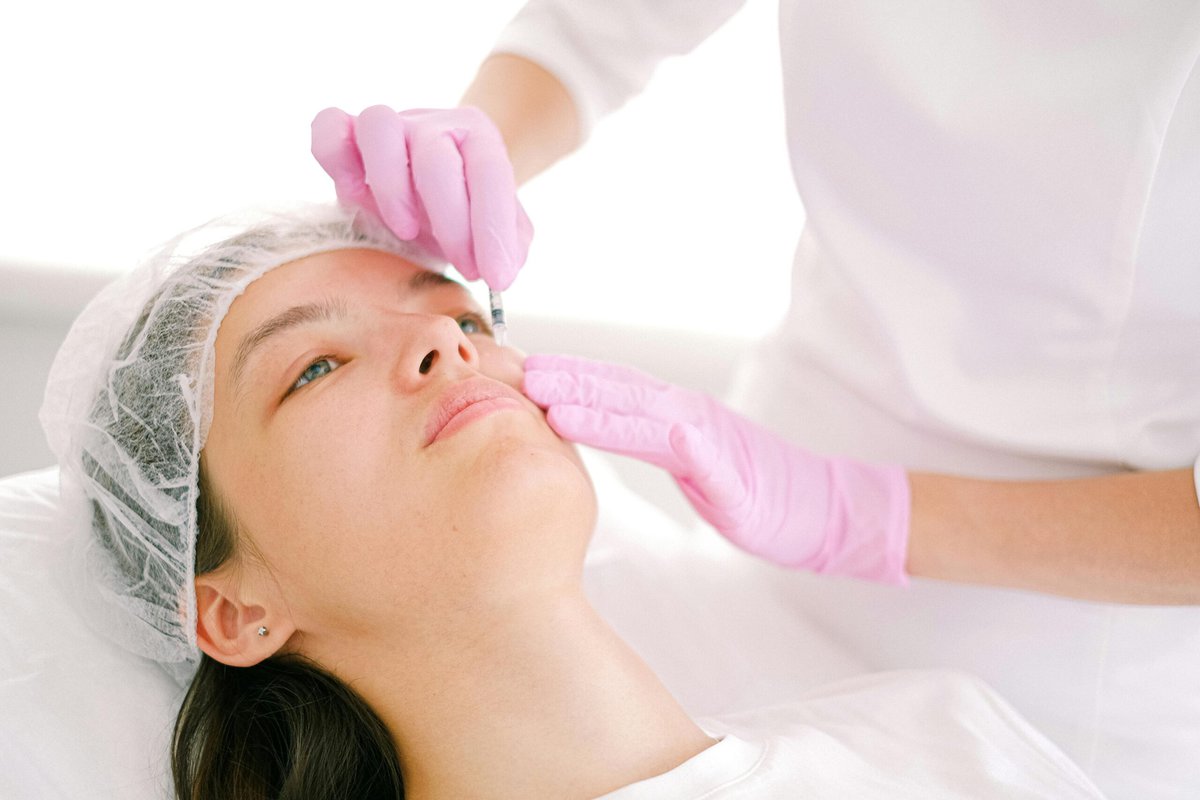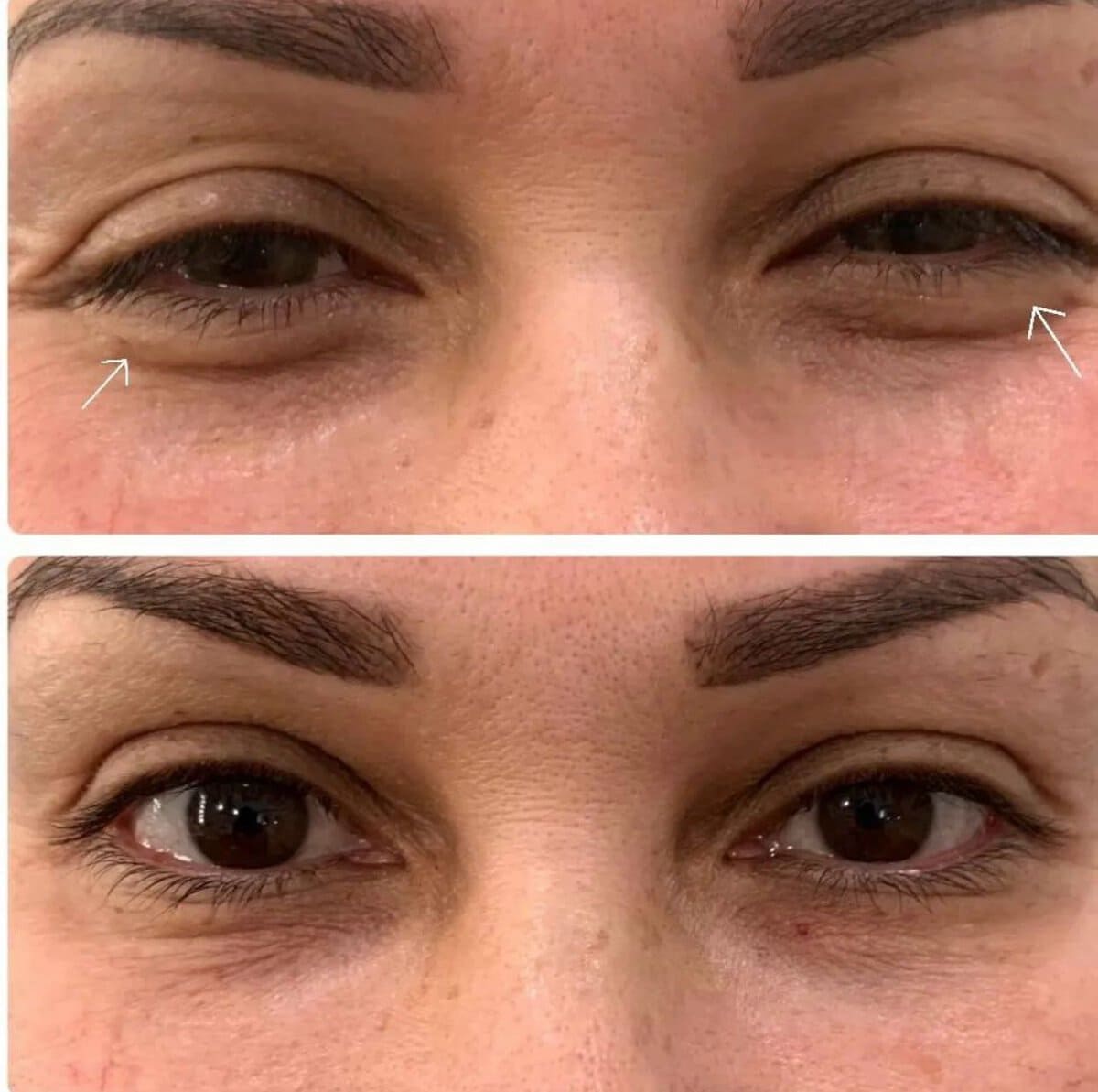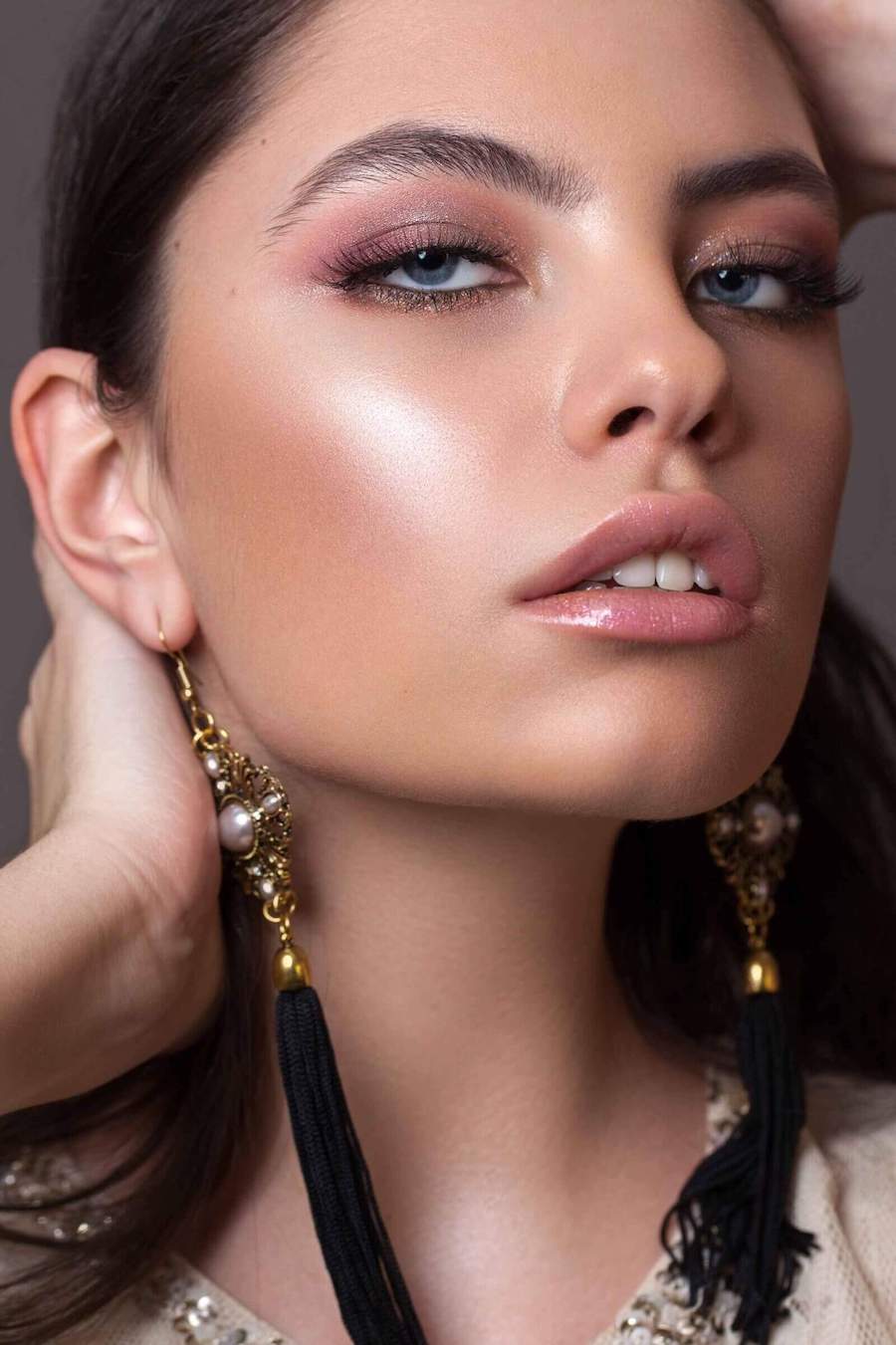The realm of medical spa treatments has evolved remarkably, offering a plethora of options for those seeking to enhance their skin’s health and appearance. Among these, Skinvive and fillers have emerged as popular choices. However, selecting the right treatment can be a daunting task. This guide aims to dissect the specifics of Skinvive and filler treatments, delving into their effectiveness, benefits, and suitability for various skin concerns, helping you make an informed decision.
Section 1: Understanding Skinvive
Skinvive Treatment Explained:
Skinvive is a cutting-edge skin rejuvenation treatment that leverages advanced technology to enhance skin health. It involves a non-invasive procedure that stimulates the skin’s natural healing process, promoting collagen production and cellular renewal.
Technology and Methodology:
Utilizing state-of-the-art equipment, Skinvive treatments target the deeper layers of the skin without causing surface damage. This approach ensures a natural healing process, leading to long-lasting skin improvements.
Ideal Candidates:
Ideal for individuals experiencing early signs of aging, uneven skin tone, or minor skin laxity, Skinvive is a versatile option catering to a wide demographic.
Benefits and Drawbacks:
Key benefits include minimal downtime, suitability for various skin types, and noticeable improvements in skin texture and firmness. However, multiple sessions may be required for optimal results, and it may not be effective for more advanced signs of aging.
Section 2: Exploring Fillers
Overview of Dermal Fillers:
Dermal fillers are injectables used primarily for smoothing wrinkles, enhancing facial contours, and restoring lost volume. Comprised of substances like hyaluronic acid, they offer immediate results.
How They Work:
Fillers work by replenishing the skin’s lost hyaluronic acid, a natural compound that diminishes with age. They provide volume and stimulate collagen production in the treated areas.
Suitable Candidates:
Ideal for individuals with deeper wrinkles, volume loss, or those seeking more pronounced facial contouring. Fillers are particularly effective in treating areas like the cheeks, lips, and nasolabial folds.
Advantages and Limitations:
The primary advantage of fillers is their immediate visible results and versatility in addressing various aging signs. However, they require regular maintenance, and there’s a risk of overfilling or asymmetry if not administered correctly.
Section 3: Comparing Results and Longevity
Immediate and Long-term Results:
Skinvive offers gradual and natural-looking results, with improvements seen over several weeks or months. In contrast, fillers provide immediate enhancements, though they may settle over a few days.
Longevity of Results:
Skinvive results can last up to a year or more, depending on the individual’s skin condition and lifestyle. Fillers, depending on the type used, typically last from six months to two years.
Maintenance and Follow-up:
Regular maintenance sessions are recommended for both treatments to sustain results. Skinvive may require yearly touch-ups, while fillers often need bi-annual or annual refills.
Section 4: Side Effects and Safety Considerations
Common Side Effects:
Skinvive’s side effects are usually minimal, including temporary redness or swelling. Fillers may cause similar reactions, with additional risks like bruising or lumpiness.
Safety Measures:
Both treatments are FDA-approved and considered safe when performed by qualified professionals. It’s crucial to choose a reputable medical spa with experienced practitioners for these procedures.
FDA Approvals and Practitioner Importance:
Ensure that the products and technologies used are FDA-approved. Qualified practitioners not only ensure safety but also tailor treatments to your specific needs.
Section 5: Cost Analysis
Comparing Costs:
The cost of Skinvive and fillers varies widely, depending on the geographic location, expertise of the practitioner, and the extent of treatment required. Generally, fillers might be more expensive per session but require fewer sessions than Skinvive.
Cost Influencing Factors:
Factors influencing the cost include the type of filler used, the number of treatment areas, and the volume of product required. For Skinvive, the cost may depend on the treatment area’s size and the number of sessions.
Insurance and Financing:
It’s important to note that most cosmetic treatments are not covered by insurance. Some medical spas offer financing plans or package deals to make the treatments more affordable.
Section 6: Patient Testimonials and Case Studies
Real-Life Experiences:
Sharing experiences from actual patients can provide valuable insights into the results of Skinvive and fillers. Look for before-and-after photos and testimonials that highlight the treatments’ effectiveness.
Success Stories and Differences:
Case studies demonstrating successful outcomes can help potential clients visualize the results they might achieve with each treatment. It’s essential to present a balanced view, showcasing both treatments’ strengths.
Section 7: Making the Right Choice for You
Personalized Advice:
Deciding between Skinvive and fillers depends on individual skin concerns, desired outcomes, and personal preferences. Consulting with a medical spa professional can provide personalized advice tailored to your unique needs. Many clients also pair their skin treatments with simple styling upgrades—like hair extensions for instant volume —for an instantly more polished and confident look while they wait for full treatment results.
Consultation Importance:
A professional consultation will assess your skin’s condition, discuss your aesthetic goals, and recommend the most suitable treatment plan. This step is crucial in making an informed decision.
Conclusion
Choosing between Skinvive and fillers involves understanding each treatment’s specifics, weighing their benefits and limitations, and considering personal skin needs and goals. We encourage readers to engage with medical spa experts for personalized consultations, helping them embark on a journey toward enhanced skin health and beauty.








